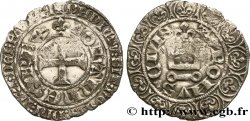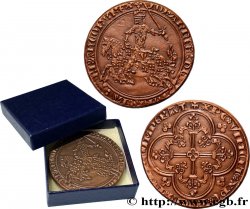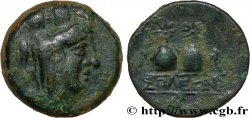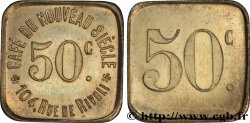Live auction - bry_677790 - JOHN II "THE GOOD" Mouton d'or n.d.
You must signin and be an approved bidder to bid, LOGIN TO BID. Accounts are subject to approval and the approval process takes place within 48 hours. Do not wait until the day a sale closes to register. Clicking on "BID" constitutes acceptance of the terms of use of cgb.fr private live auctions.
Bids must be placed in whole Euro amounts only. The sale will start closing at the time stated on the item description; any bids received at the site after the closing time will not be executed. Transmission times may vary and bids could be rejected if you wait until the last second. For further information check the Live auction FAQ
All winning bids are subject to a 18% buyer’s fee.
All winning bids are subject to a 18% buyer’s fee.
| Estimate : | 2 200 € |
| Price : | 4 301 € |
| Maximum bid : | 4 500 € |
| End of the sale : | 07 December 2021 17:29:05 |
| bidders : | 8 bidders |
Type : Mouton d'or
Date: 17/01/1355
Date: n.d.
Metal : gold
Millesimal fineness : 1000 ‰
Diameter : 29 mm
Orientation dies : 6 h.
Weight : 4,65 g.
Rarity : R1
Slab

NGC : 63
Coments on the condition:
Ce mouton d’or est frappé sur un flan irrégulier et large. Exemplaire présentant d’assez hauts reliefs
Predigree :
Exemplaire n° 83 du trésor de la région de Pontivy (Morbihan). Exemplaire sous coque NGC, n° 6142676-014, MS63
Obverse
Obverse legend : + AGN° DEI° QVI° TOLL° PECATA° MVDI° MISERERE° NOBI, (PONCTUATION PAR SIMPLE ANNELET POINTÉ).
Obverse description : Agneau pascal à gauche, tournant la tête à droite avec un nimbe crucigère, devant une croix avec gonfanon qui coupe la légende de l'exergue dans un polylobe sous fome de trèfle et interrompu en bas ; à l'exergue IOh' - REX.
Obverse translation : (Jean, roi ; agneau de Dieu qui enlève les péchés du monde, prends pitié de nous).
Reverse
Reverse legend : + XP'C+ VINCIT+ XP'C+ REGHAT+ XP'C+ INPERAT, (N ONCIALES ET N RÉTROGRADES, PONCTUATION PAR DEUX QUADRILOBES ÉVIDÉS ET SUPERPOSÉS).
Reverse description : Croix tréflée et feuillue, avec en cœur une rosette dans un petit quadrilobe, accostée de quatre lis, dans un quadrilobe anglé cantonné de huit petits lis.
Reverse translation : (Le Christ vainc, le Christ règne, le Christ commande).
Commentary
Variété avec le polylobe du droit composé de trèfles.
Variety with the polylobe of the right composed of clovers
Variety with the polylobe of the right composed of clovers








 Report a mistake
Report a mistake Print the page
Print the page Share my selection
Share my selection Ask a question
Ask a question Consign / sell
Consign / sell
 Full data
Full data















